Cooking on trail held peculiar challenges from drying meat to making biscuits. Several pages here include recipes.
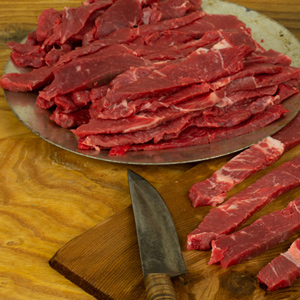

What did the captains mean when they say they stopped to jerk their meat? At the time of the expedition “jerk” simply stood for “dried meat.” This article includes a recipe.
Lewis’s Suet Dumplings
by Kristopher K. Townsend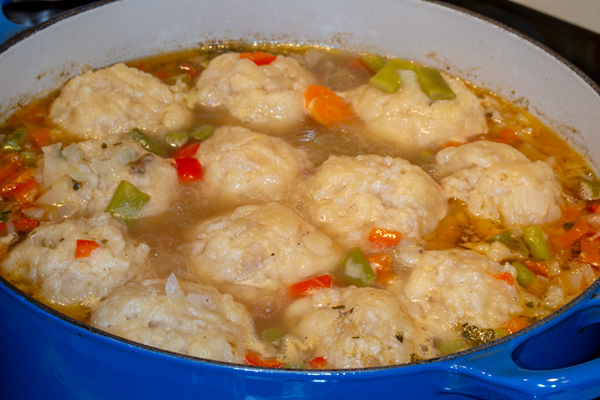

When making suet dumplings during the portage around the falls of the Missouri, Lewis demonstrated a unique and magnanimous act of leadership. This article includes a recipe.
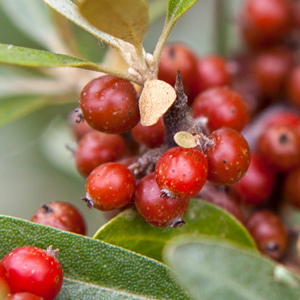

Lewis collected buffaloberry specimens which were new to science and Clark had them in a delightful tart. Native Americans had been eating the bright red berries for generations.
Making Pemmican
by Kristopher K. Townsend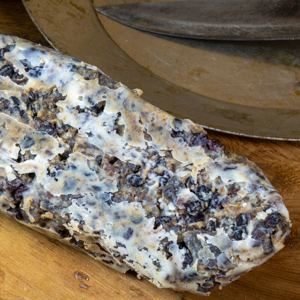

This staple Indian food was adopted by northern explorer Alexander Mackenzie, Lewis and Clark, and the North American fur trade. This article explains how it was made, why it worked well for travelers, and how it was made and eaten. Recipe included.
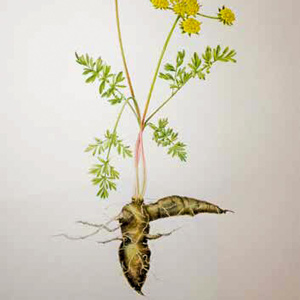

Columbia plateau biscuitroots: “one of the grateful vegetables” by naturalist Jack Nisbet. An Indian food source for thousands of years.
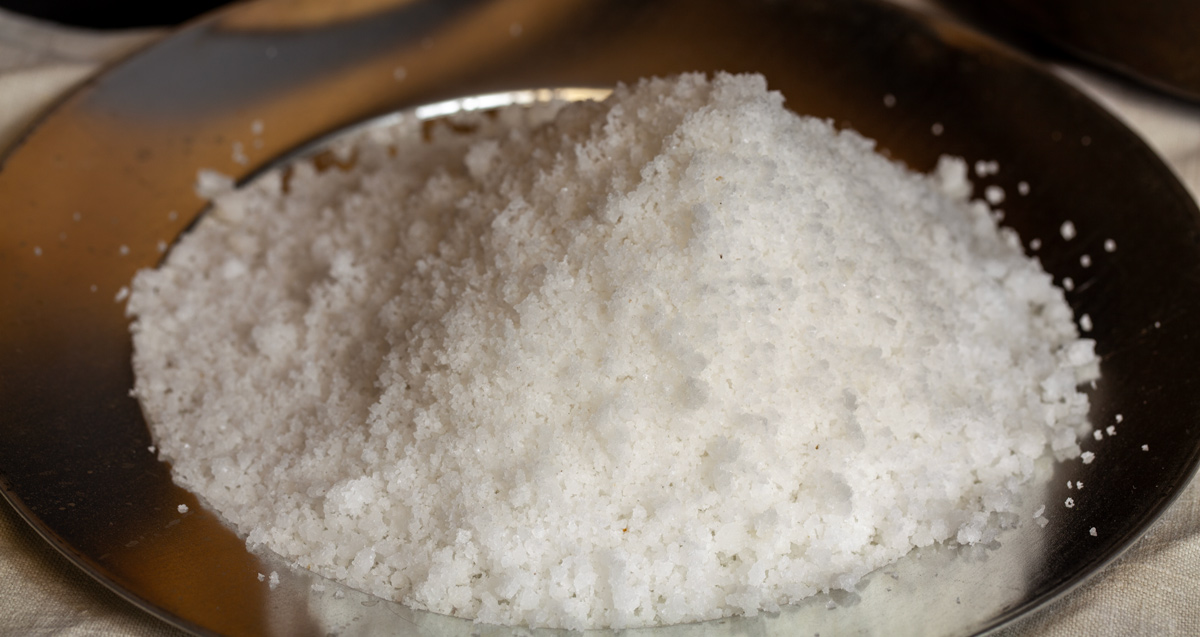

Salt served functions that were equally as important as dietary needs: drying meat—namely, and tanning hides for clothing and moccasins.
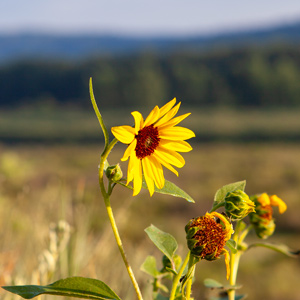

The common sunflower as a staple food among the Mandans and Lemhi Shoshones did not escape the attention of the journalists. Includes two traditional Hidatsa recipes.
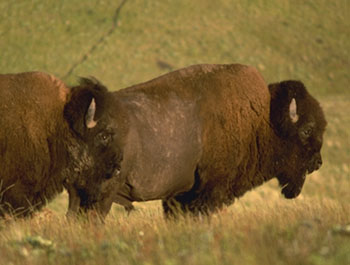
Meriwether Lewis’s recitation of Charbonneau’s recipe for buffalo sausage, known as “white pudding,” serves not only as documentation of a unique frontier cuisine, but also as an example of the captain’s own brand of satire.
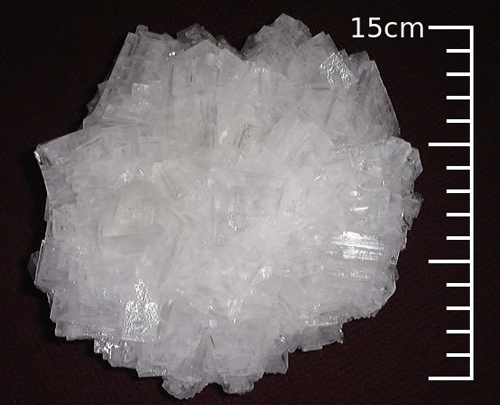

The formula is simple. One molecule of sodium, a reactive metal, plus one molecule of chlorine, a poisonous gas, equals a harmless mineral that once was deemed “the fifth element,” along with earth, air, fire, and water.
Sugaring at River Dubois
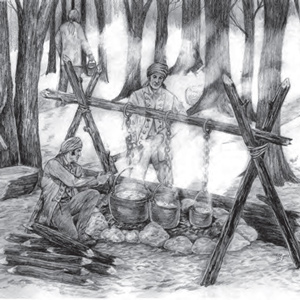

Surrounded by maple trees at Camp Dubois, tapping and boiling the sweet, watery sap until it crystallized into sugar could begin as soon as the days warmed enough to get the sap rising in the trees.
July 19, 1804
Coffee and cherry whiskey
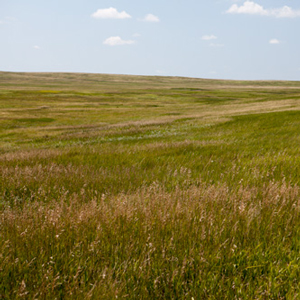

Clark enjoys a breakfast of roasted deer ribs and coffee. He notices that sandbars are increasing as they near the mouth of the Platte. They run out of butter, and the men make cherry-flavored whiskey.
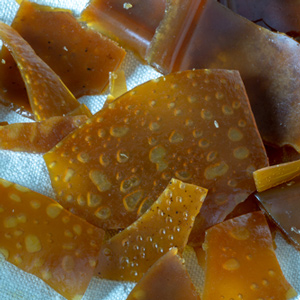

In the 1750s the British Navy had begun issuing 50 pounds of portable soup for every 100 sailors on long voyages, partly to vary the daily diet of salt-cured meats, and partly in the mistaken belief that it would prevent scurvy.
Experience the Lewis and Clark Trail
The Lewis and Clark Trail Experience—our sister site at lewisandclark.travel—connects the world to people and places on the Lewis and Clark Trail.
Discover More
- The Lewis and Clark Expedition: Day by Day by Gary E. Moulton (University of Nebraska Press, 2018). The story in prose, 14 May 1804–23 September 1806.
- The Lewis and Clark Journals: An American Epic of Discovery (abridged) by Gary E. Moulton (University of Nebraska Press, 2003). Selected journal excerpts, 14 May 1804–23 September 1806.
- The Lewis and Clark Journals. by Gary E. Moulton (University of Nebraska Press, 1983–2001). The complete story in 13 volumes.

